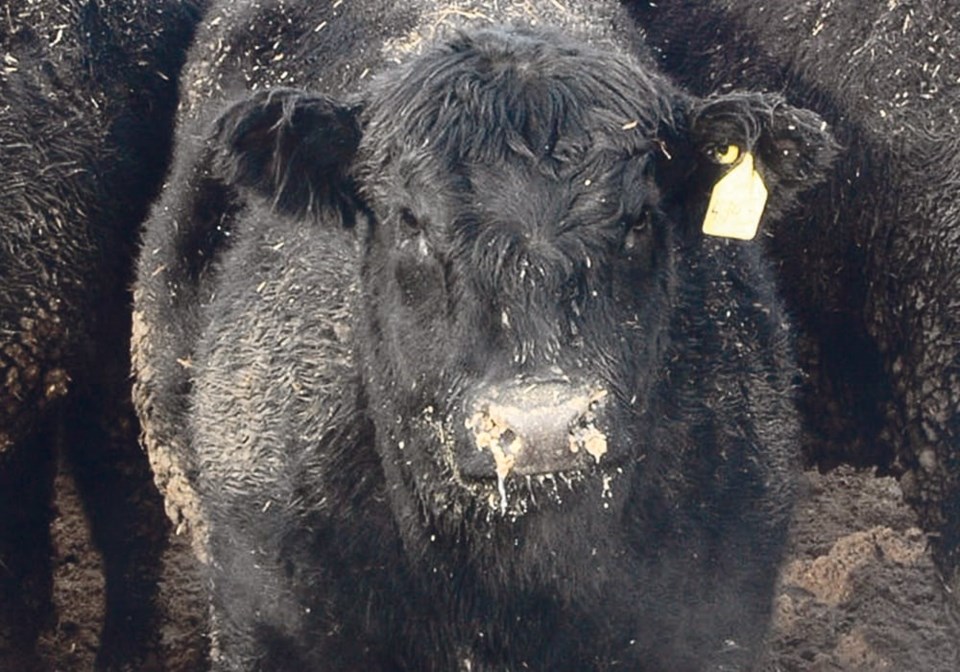WESTERN PRODUCER — About 160 cattle from a Saskatchewan herd have been destroyed after two animals from the herd tested positive for bovine tuberculosis.
The cases were confirmed June 19 after the two animals were sent to a slaughter facility in the United States in February.
The Canadian Food Inspection Agency said in a July 10 email that post-mortem inspection for tissue testing was done and PCR testing would be completed on the tissue from any suspect animals.
“No additional cases have been confirmed to date,” the agency said.
Culture testing in the lab can take up to 12 weeks.
“Successful laboratory culturing of tissues from PCR positive animals will allow the specific bovine TB strain to be identified,” said CFIA. “A negative culture test on PCR negative animals provides a final confirmatory result.”
One contact herd is also to be tested and any reactor animals will be destroyed and tested further.
“The work to confirm trace-out and trace-in herds is ongoing but the number of affected farms is expected to be low compared to the investigations in 2016 and 2018,” CFIA said.
Five years ago, four cases were discovered from a British Columbia ranch after the animals went to slaughter in Alberta. The disease was contained to one herd but 42 herds were tested.
In 2016, one herd with six positive tests affected 15 others in direct contact, and resulted in $40 million in compensation.
Bovine TB is a chronic, contagious disease that can lie dormant in an infected animal for years. However, as the animal ages or in times of stress, it can reactivate and lead to symptoms such as weakness, loss of appetite, weight loss and fluctuating fever. Sometimes cattle present with a hacking cough.
At slaughter, enlarged lesions on tissues can indicate positivity.
The disease is most often spread through inhalation of micro-droplets from infected animals and ingestion of contaminated food and water.
It is a federally reportable disease and compensation for animals ordered destroyed is paid from the federal government according to a schedule. Registered cattle are paid at $10,000 per head, maximum, and non-registered cattle at $4,500 each.




